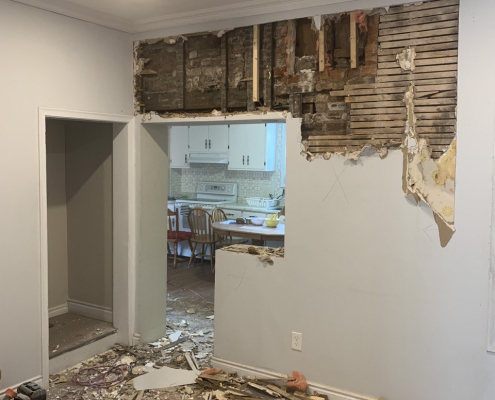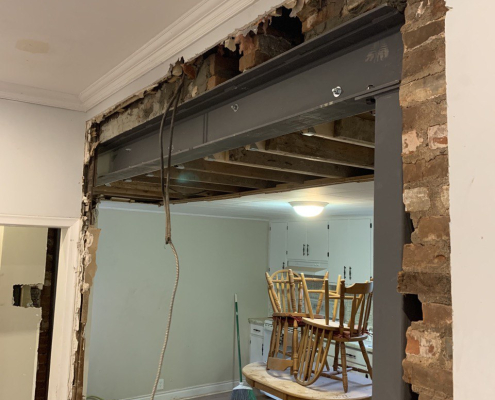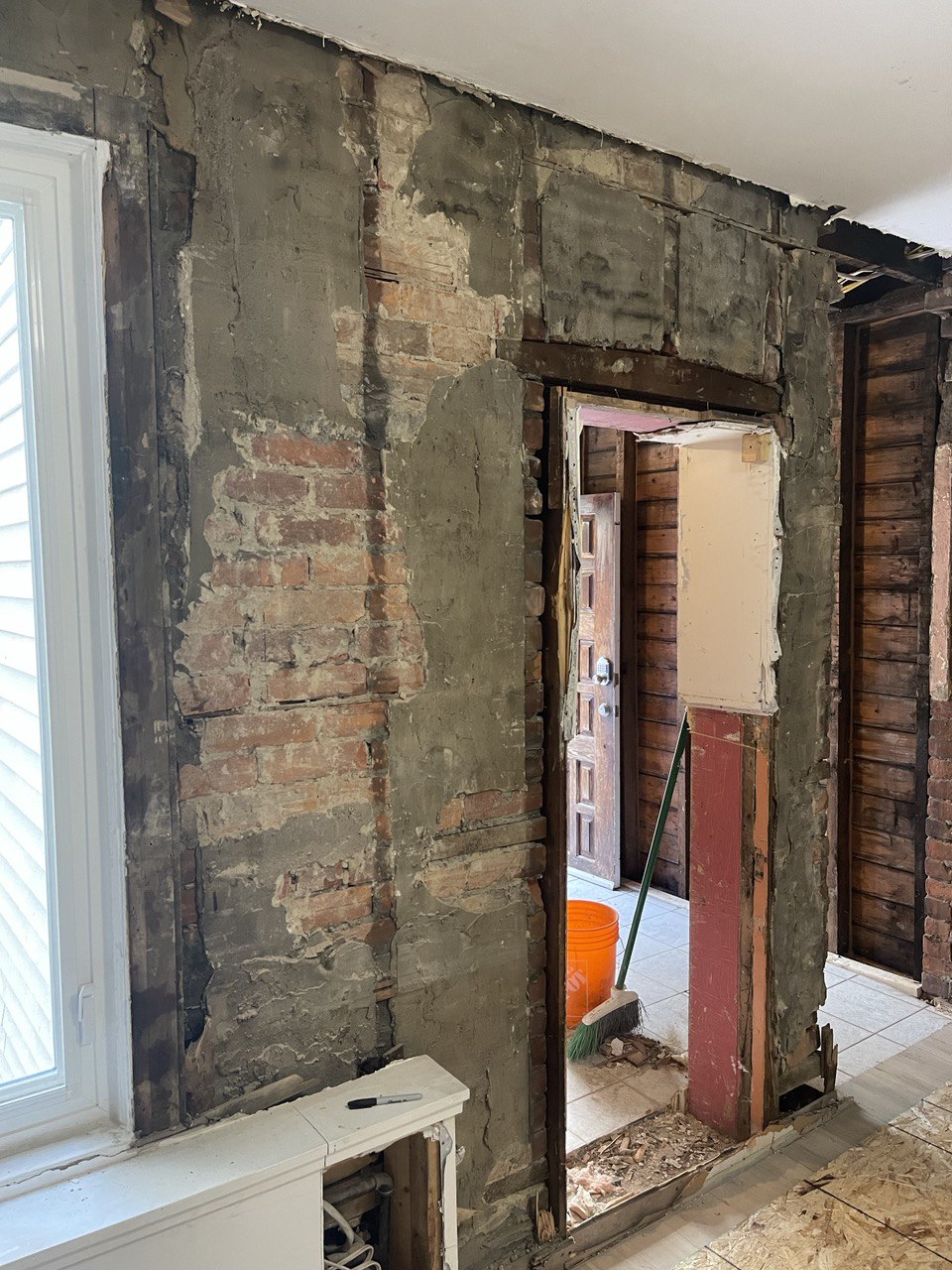Introduction:
Are you planning to remove a brick wall but unsure where to start? This comprehensive guide will walk you through the process, ensuring safety and efficiency. Whether you’re renovating your home or making structural changes to your commercial property, understanding the essentials of brick wall removal is crucial. Let’s dive in.
Five Essential Preparations Before Starting:
Protect Your Space:
The process of removing a brick wall can be messy, often resulting in dust, mortar, and brick fragments scattering around. To safeguard your furniture and valuables, relocate them to a safe area. Additionally, covering your floors with heavy-duty tarpaulin is a wise move to prevent any accidental damage.
Safety First:
Always wear safety glasses. The removal process can cause cement mortar to fly around, posing a risk to your eyes. Prioritizing your safety is non-negotiable.
Check with Local Authorities:
Before you begin, it’s imperative to consult your local building authorities. Removing a brick wall, especially in residential or commercial buildings, typically requires a permit. Regulations may vary, so it’s essential to be informed.
Assess the Wall’s Role:
Determine whether the wall you intend to remove is load-bearing. These walls support the weight of upper floors or the roof, and their removal without proper precautions can lead to structural damage. If you’re uncertain, consulting with an engineering team is crucial. They can devise strategies to redistribute the load before safely removing the wall.
Plan and Inspect:
Obtain a structural plan of your building and examine it thoroughly. It’s common for power lines or plumbing to run through brick walls. To address this, enlist the help of a professional electrician and plumber to reroute these utilities safely.
Two Critical Considerations for Brick Wall Removal:
Structural Planning:
Before you start demolishing, it’s vital to have a clear understanding of your building’s structure. This knowledge is crucial for identifying and avoiding potential hazards like electrical wiring or plumbing.
Choosing the Right Method:
For exterior walls, constructing robust scaffolding is the safest approach. However, if you’re dealing with interior walls or confined spaces where scaffolding isn’t feasible, a sturdy ladder can be an alternative. Regardless of the method, ensuring stability and safety is key.
Conclusion:
Removing a brick wall is a significant undertaking that requires careful planning and adherence to safety protocols. By following these steps and consulting professionals when necessary, you can ensure a successful and safe removal process. Remember, when in doubt, always seek expert advice to avoid any potential hazards.


The easiest way to remove a brick from the wall
If a brick wall is damaged or if it is necessary to remove one or more bricks from the wall, it is sufficient to do the process with care and patience. Removal of the wall should be done under the supervision of a structural engineer. You need to have a well-thought-out plan to remove the structural wall. In Canada, this should only be done by a structural engineer or a professional structural engineering company such as Mybeam.
Last point
It is good to know that removing a brick wall or removing more than one brick inside a wall can be dangerous if the safety tips are not followed well. It is important to consult a company or structural engineer to remove a brick wall. Other engineering companies, such as civil engineering and architecture, consult with structural engineers or specialist construction companies to do this.

